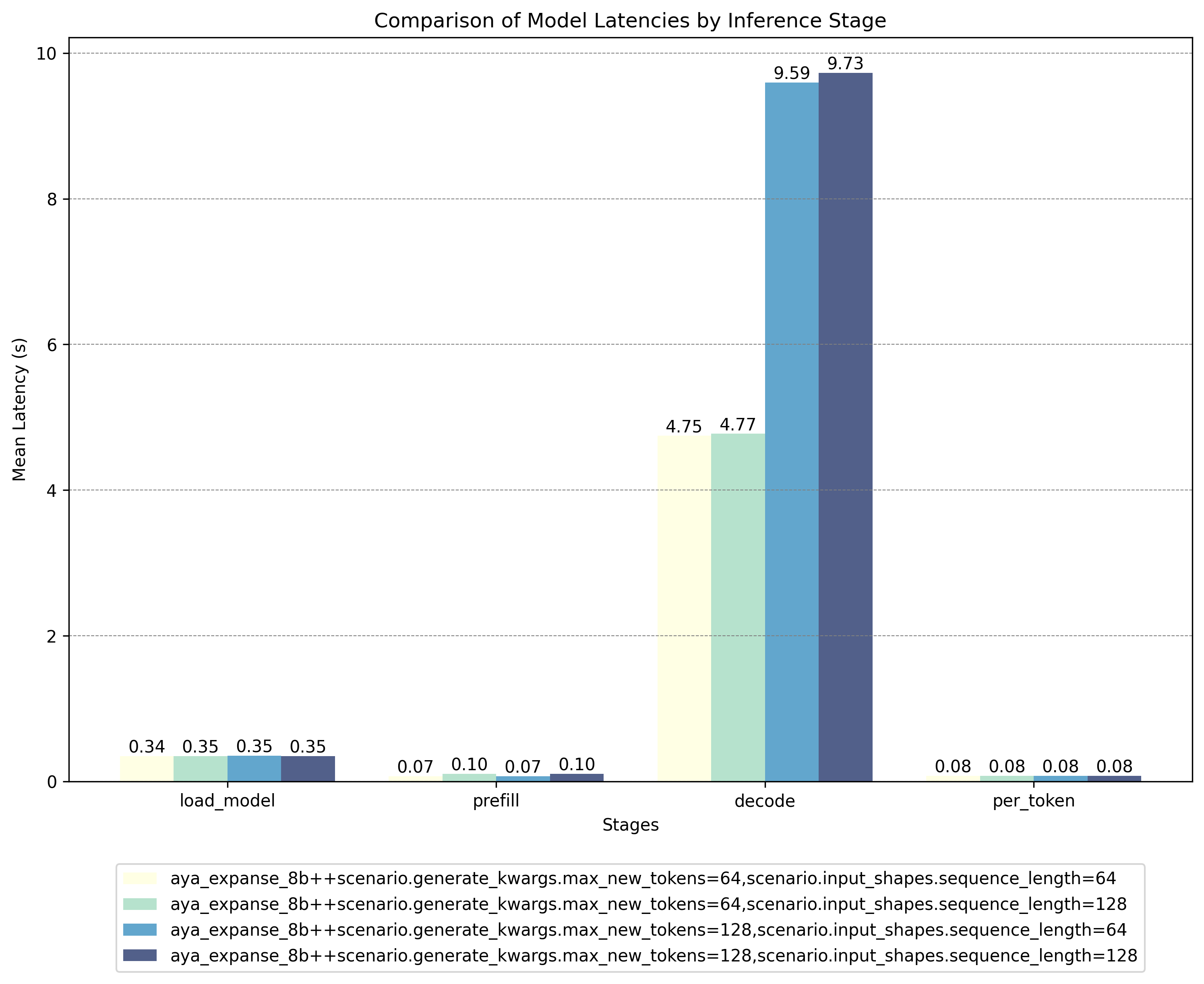---
language:
- en
- fr
- de
- es
- it
- pt
- ja
- ko
- zh
- ar
- el
- fa
- pl
- id
- cs
- he
- hi
- nl
- ro
- ru
- tr
- uk
- vi
license: cc-by-nc-4.0
library_name: transformers
tags:
- cohere
- pytorch
- awq
model_name: aya-expanse-8b-awq-4bit
base_model: CohereForAI/aya-expanse-8b
inference: false
model_creator: Cohere For AI
pipeline_tag: text-generation
quantized_by: kevinbazira
---
# aya-expanse-8b-awq-4bit
This repository contains a quantized version of the `CohereForAI/aya-expanse-8b` model using the [AWQ](https://huggingface.co/docs/transformers/en/quantization/awq) method in 4-bit precision.
## Model Summary
- **Quantized Model**: [kevinbazira/aya-expanse-8b-awq-4bit](https://huggingface.co/kevinbazira/aya-expanse-8b-awq-4bit)
- **Quantization Method**: [AWQ: Activation-aware Weight Quantization for LLM Compression and Acceleration](https://arxiv.org/pdf/2306.00978)
- **AWQ Version**: [GEMM](https://github.com/casper-hansen/AutoAWQ/tree/f1abb8ef8e261db78eb6c603f691801797fbb293?tab=readme-ov-file#int4-gemm-vs-int4-gemv-vs-fp16)
- **Precision**: 4-bit
- **Original Model**: [CohereForAI/aya-expanse-8b](https://huggingface.co/CohereForAI/aya-expanse-8b)
## How to Use the Quantized Model
### 1. Install the necessary packages
Before using the quantized model, please ensure your environment has:
- [AutoAWQ_kernels](https://github.com/casper-hansen/AutoAWQ_kernels)
- [AutoAWQ](https://github.com/casper-hansen/AutoAWQ)
### 2. Run inference
Load and use the quantized model as shown below in Python:
```python
import torch
from transformers import AutoModelForCausalLM, AutoTokenizer, AwqConfig
# Set up device
device = torch.device('cuda:1') # Remember to use the correct device here
# Load model and tokenizer
model_name = "kevinbazira/aya-expanse-8b-awq-4bit"
tokenizer = AutoTokenizer.from_pretrained(model_name)
quantization_config = AwqConfig(version="exllama")
model = AutoModelForCausalLM.from_pretrained(
model_name,
device_map={"": device.index},
quantization_config=quantization_config
)
# Prepare input
# https://huggingface.co/docs/transformers/en/pad_truncation
input_text = "Add your prompt here."
inputs = tokenizer(input_text, return_tensors="pt", truncation=True, padding="max_length", max_length=64)
inputs = {key: value.to(device) for key, value in inputs.items()}
# Perform text generation
# https://huggingface.co/docs/transformers/en/main_classes/text_generation
outputs = model.generate(
**inputs,
num_return_sequences=1,
min_new_tokens=64,
max_new_tokens=64,
do_sample=False,
use_cache=True,
num_beams=1
)
# Decode and print the output
print(tokenizer.decode(outputs[0], skip_special_tokens=True))
```
## Benchmark Results
To evaluate the performance of the quantized model, we run benchmarks using the Hugging Face [Optimum Benchmark](https://github.com/huggingface/optimum-benchmark/tree/7cec62e016d76fe612308e4c2c074fc7f09289fd) tool on an AMD MI200 GPU with ROCm 6.1 and below are the results:
### Unquantized Model Results:
 ### AWQ Quantized Model Results:
### AWQ Quantized Model Results:
 These results show that the AWQ quantized model offers significant speed advantages during critical inference stages (decode and per-token), outweighing the higher latencies encountered during the load and prefill phases. For deployment scenarios where inference speed is paramount, you can preload the quantized model to eliminate initial latency concerns.
## More Information
- **Original Model**: For details about the original model's architecture, training dataset, and performance, please visit the CohereForAI [aya-expanse-8b model card](https://huggingface.co/CohereForAI/aya-expanse-8b).
- **Support or inquiries**: If you run into any issues or have questions about the quantized model, feel free to reach me via email:`contact@kevinbazira.com`. I'll be happy to help!
These results show that the AWQ quantized model offers significant speed advantages during critical inference stages (decode and per-token), outweighing the higher latencies encountered during the load and prefill phases. For deployment scenarios where inference speed is paramount, you can preload the quantized model to eliminate initial latency concerns.
## More Information
- **Original Model**: For details about the original model's architecture, training dataset, and performance, please visit the CohereForAI [aya-expanse-8b model card](https://huggingface.co/CohereForAI/aya-expanse-8b).
- **Support or inquiries**: If you run into any issues or have questions about the quantized model, feel free to reach me via email:`contact@kevinbazira.com`. I'll be happy to help!
 ### AWQ Quantized Model Results:
### AWQ Quantized Model Results:
 These results show that the AWQ quantized model offers significant speed advantages during critical inference stages (decode and per-token), outweighing the higher latencies encountered during the load and prefill phases. For deployment scenarios where inference speed is paramount, you can preload the quantized model to eliminate initial latency concerns.
## More Information
- **Original Model**: For details about the original model's architecture, training dataset, and performance, please visit the CohereForAI [aya-expanse-8b model card](https://huggingface.co/CohereForAI/aya-expanse-8b).
- **Support or inquiries**: If you run into any issues or have questions about the quantized model, feel free to reach me via email:`contact@kevinbazira.com`. I'll be happy to help!
These results show that the AWQ quantized model offers significant speed advantages during critical inference stages (decode and per-token), outweighing the higher latencies encountered during the load and prefill phases. For deployment scenarios where inference speed is paramount, you can preload the quantized model to eliminate initial latency concerns.
## More Information
- **Original Model**: For details about the original model's architecture, training dataset, and performance, please visit the CohereForAI [aya-expanse-8b model card](https://huggingface.co/CohereForAI/aya-expanse-8b).
- **Support or inquiries**: If you run into any issues or have questions about the quantized model, feel free to reach me via email:`contact@kevinbazira.com`. I'll be happy to help!